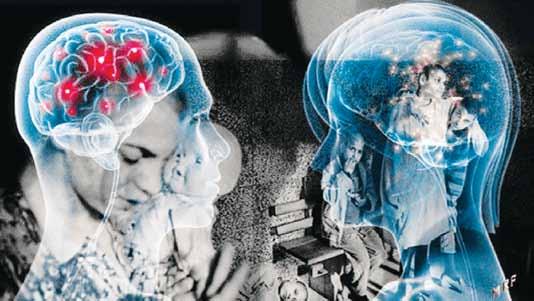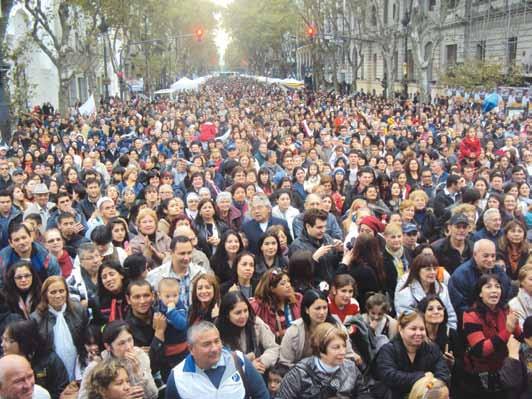Brightness, creativity and psychopathology
science Dr. Wázcar verduzco fragoso Medical psychiatrist and psychotherapist Asociación Autónoma del Personal Académico de la UNAM. Faculty member of the undergraduate and graduate programs of psychiatry, Facultad de Medicina, unam Translation: Maestro Sergio Sánchez Padilla.
Fuente: http:// www.twcenter.net/ forums/showthread. php?377843-Namethat-historical-figure!/ page87
I
Introduction nsanity has been portrayed in all cultures along the history of human kind; in most ancient texts it is identified either as a divine punishment or an excitation linked to artistic creation. Aristotle stated that there is no great genius without some touch of madness. Plato claimed that madness is superior to a sane mind (sophrosune) for the one is only of human, but the other of divine origin; in addition, he maintained that creativity is a divine madness, a gift from the Gods; this shows that since antiquity there is a coincidence between madness and creativity, which has received substantial research nowadays. Muhammad considered those mentally illed beings loved by God… knowers of the truth. Descartes disqualified madness, attributing it to an error of reason, which was heavily influential to its modern and contemporary conception. Insanity is commonly linked to a behavior away from social convention, without limits, i.e. lacking rules or norms; when extrapolated to art (if it has any effect on someone who contemplates the piece of art) it is assumed that it reflects the ideas, emotions and concerns of the artist. Psychiatry has identified a link between creativity and “madness.” AAPAUNAM Academia, Ciencia y Cultura
25














